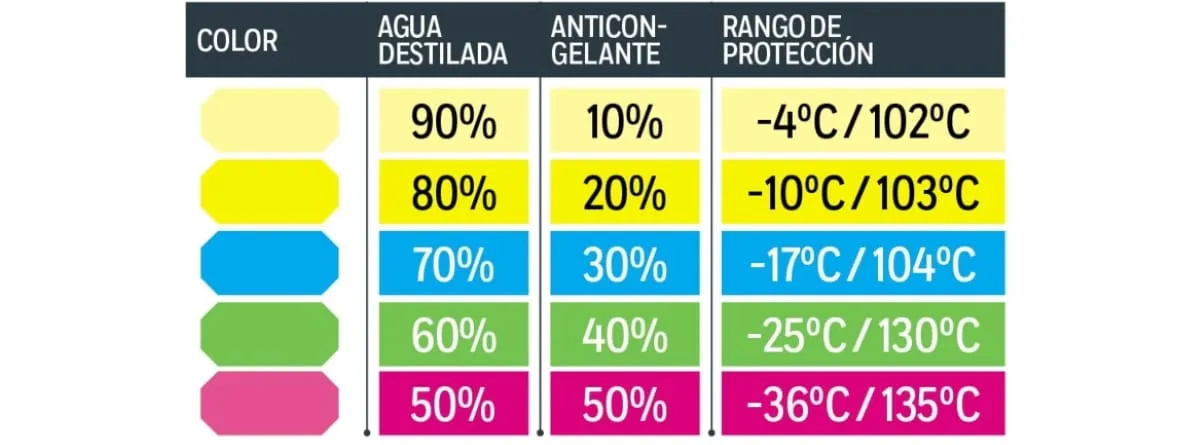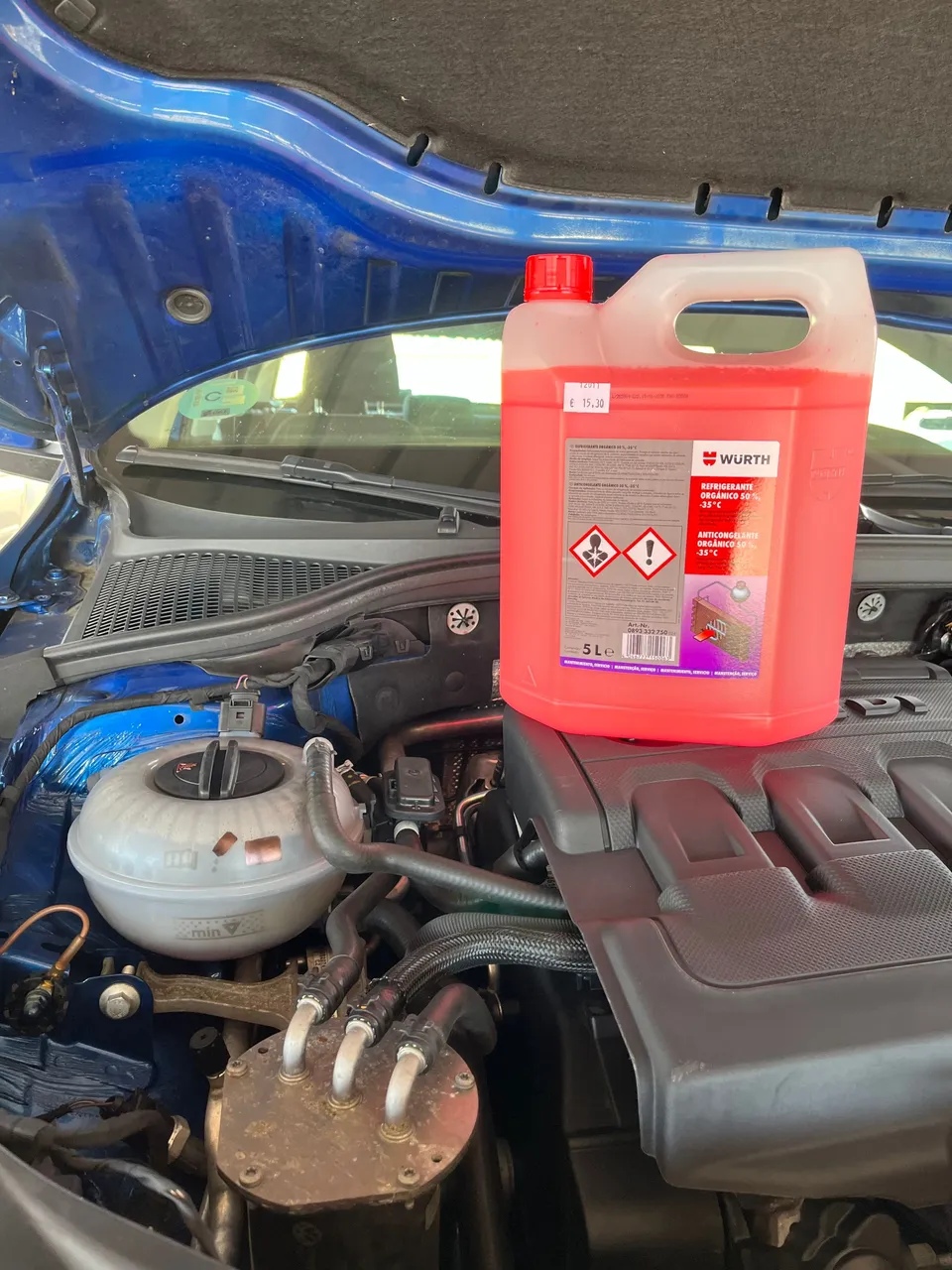
Hi friends,
Last week in the company car that I usually use was performed a comprehensive preventive maintenance with the change of distribution mail, oil change, filters, brake pads and even the replacement of the coolant.
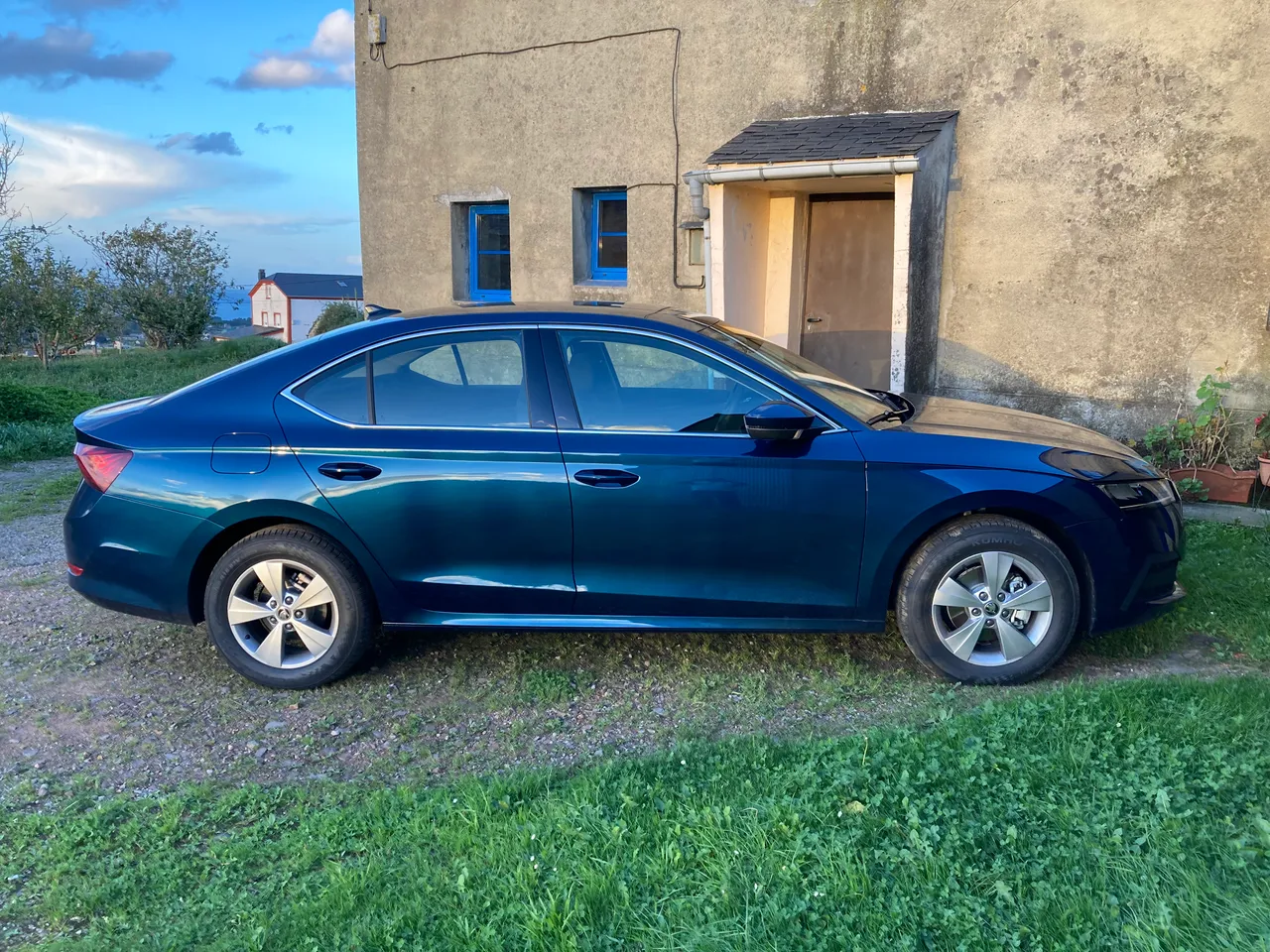
In cars with timing belt this coolant is usually replaced at the same time the timing belt is changed at 100,000 kilometers and because it was also performed a replacement of several filters in my Skoda Octavia system I was warned in the workshop to watch the level the following days because the fluid level usually drops below the minimum.
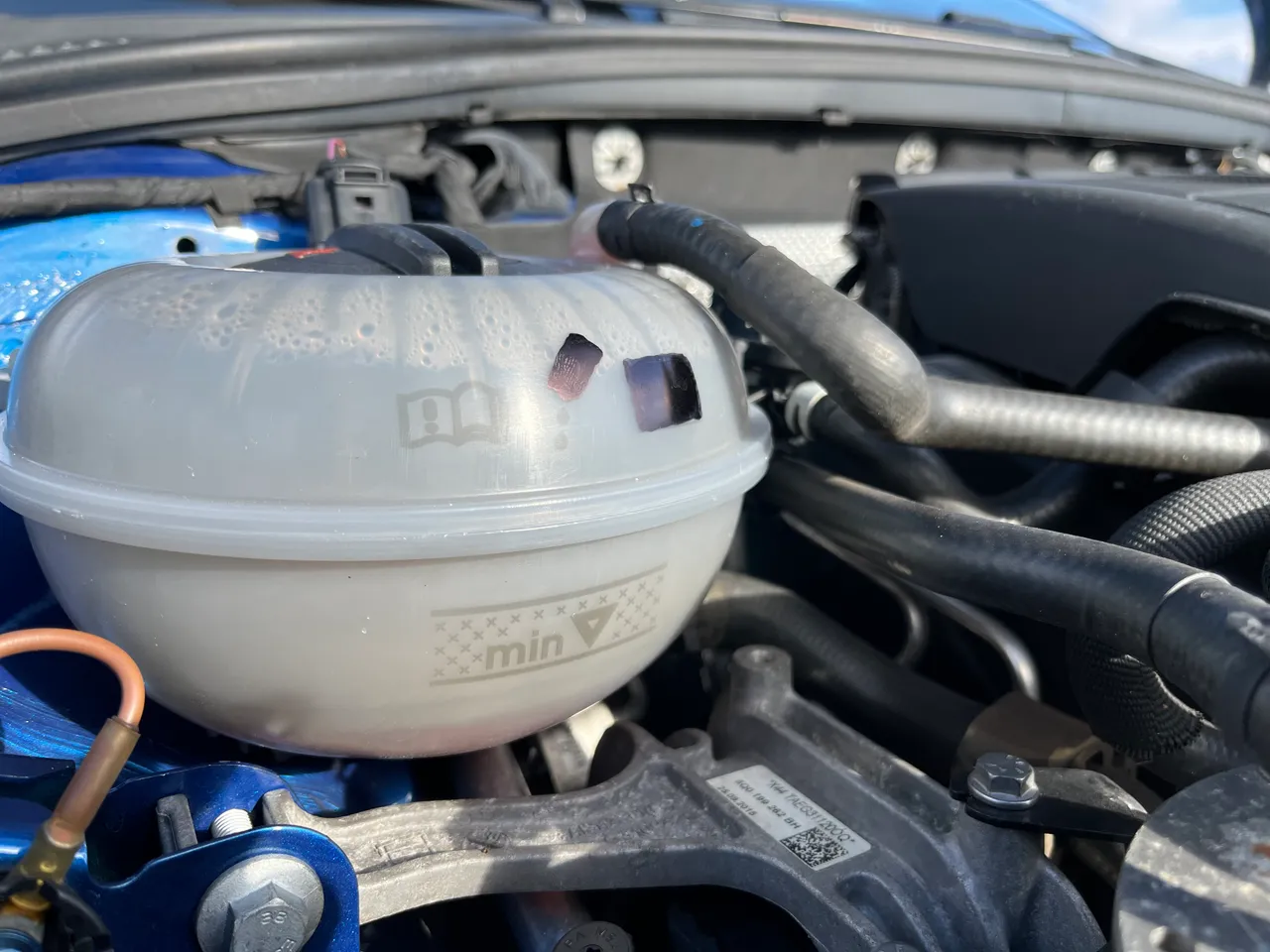
Skoda, like a large part of the Volkswagen group, mounts aluminum engines and radiators and that is why it is of utmost importance to use an organic coolant with an ethylene glycol concentration of more than 40% and less than 60%.
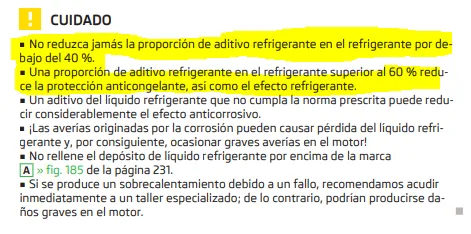
Coolant colors
Those of you who have been to the parts stores or any gas station and have had to buy coolant will have seen that there are four main colors (yellow, green, blue and pink). Although there are also some other colors such as oranges and purples, but these are less common.
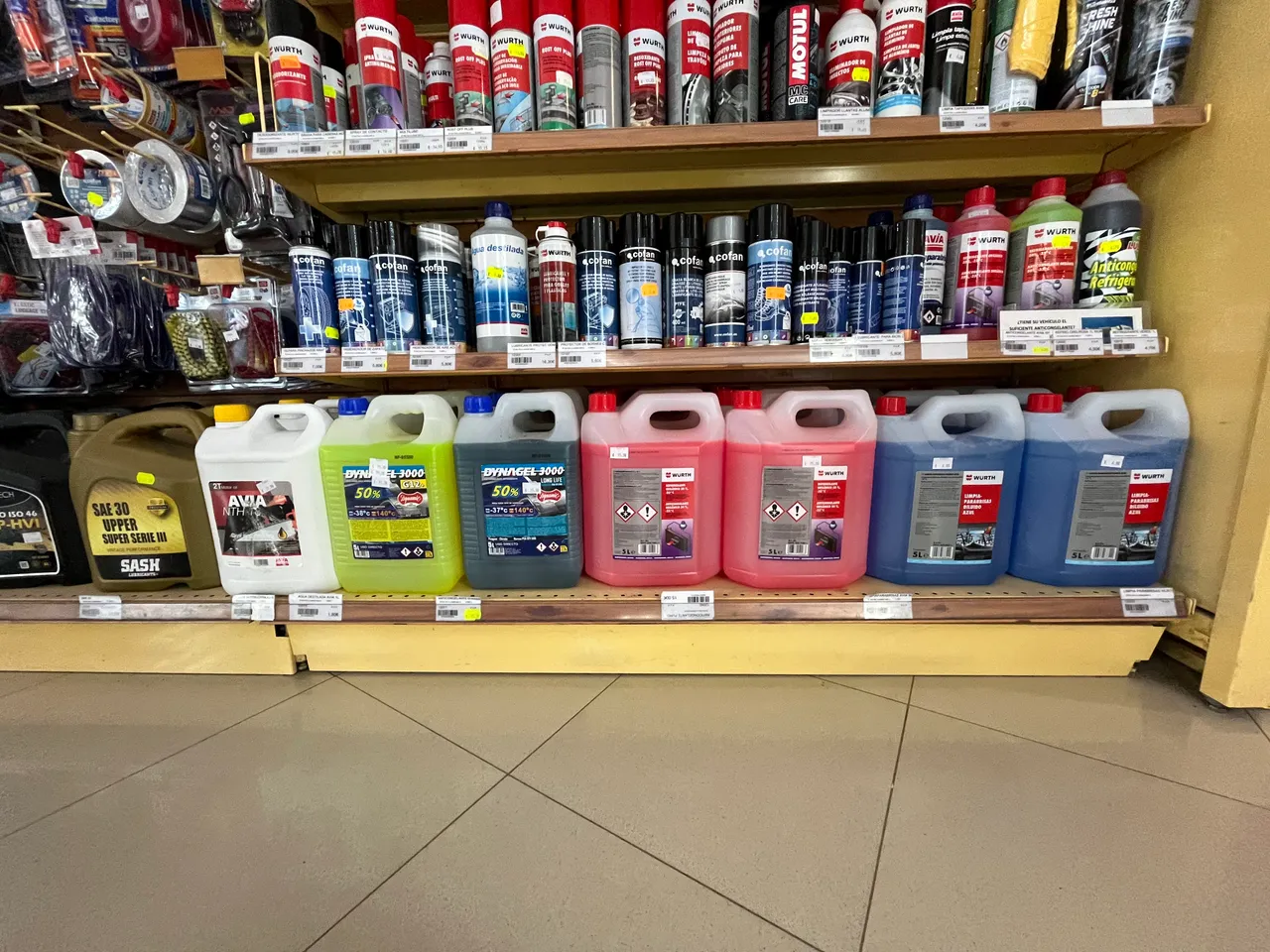
All these current coolants are generally mixtures of distilled water and ethylene glycol in different proportions. Although formerly, coolants were inorganic and are formed by other compositions less healthy for the environment. Being the difference in color only the addition of a specific dye used by each manufacturer to differentiate the percentage of ethylene glycol which is closely related to the freezing temperature of the same.
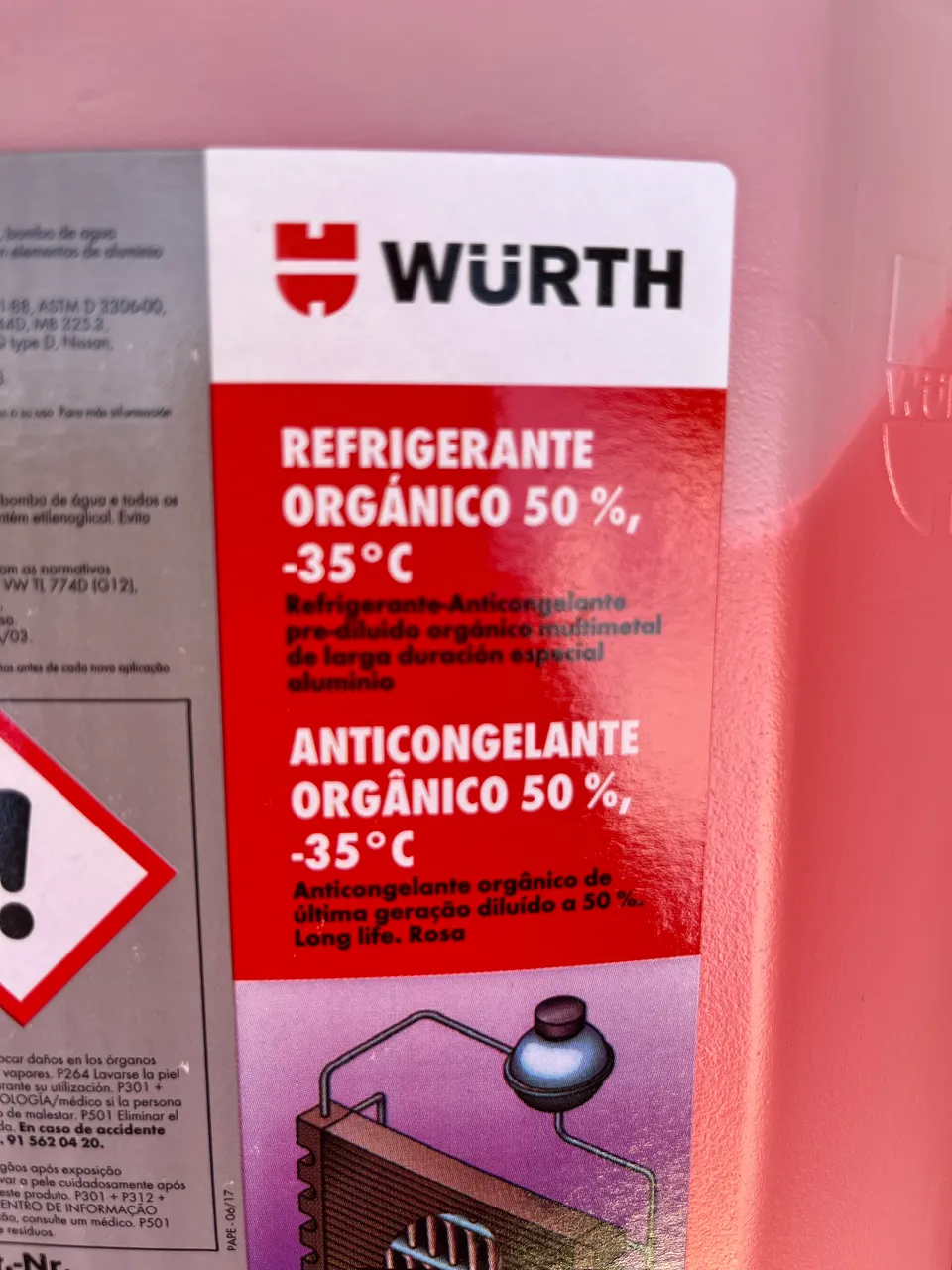
A false belief widely spread on the net
For the reason of having to refill the coolant in my company car and being on a trip away from the workshop where I did the maintenance I had to choose to buy a bottle of coolant with the specification of ethylene glycol between 40-60% that marks the manual of the car.
But when I arrived at the gas station store I found yellow, blue and pink coolant, both with a 50% ethylene glycol composition.

However, prior to the purchase of the coolant I had been reading about this topic on the internet and many pages emphasized that the coolant color follows a relationship with the composition of ethylene glycol, according to the following table.
But as you can see in these pictures taken yesterday, we can see that I have found green coolant with 25% ethylene glycol instead of 40% that is in many pages or blue coolant with a composition of 50% when the tables indicate that it should be pink.
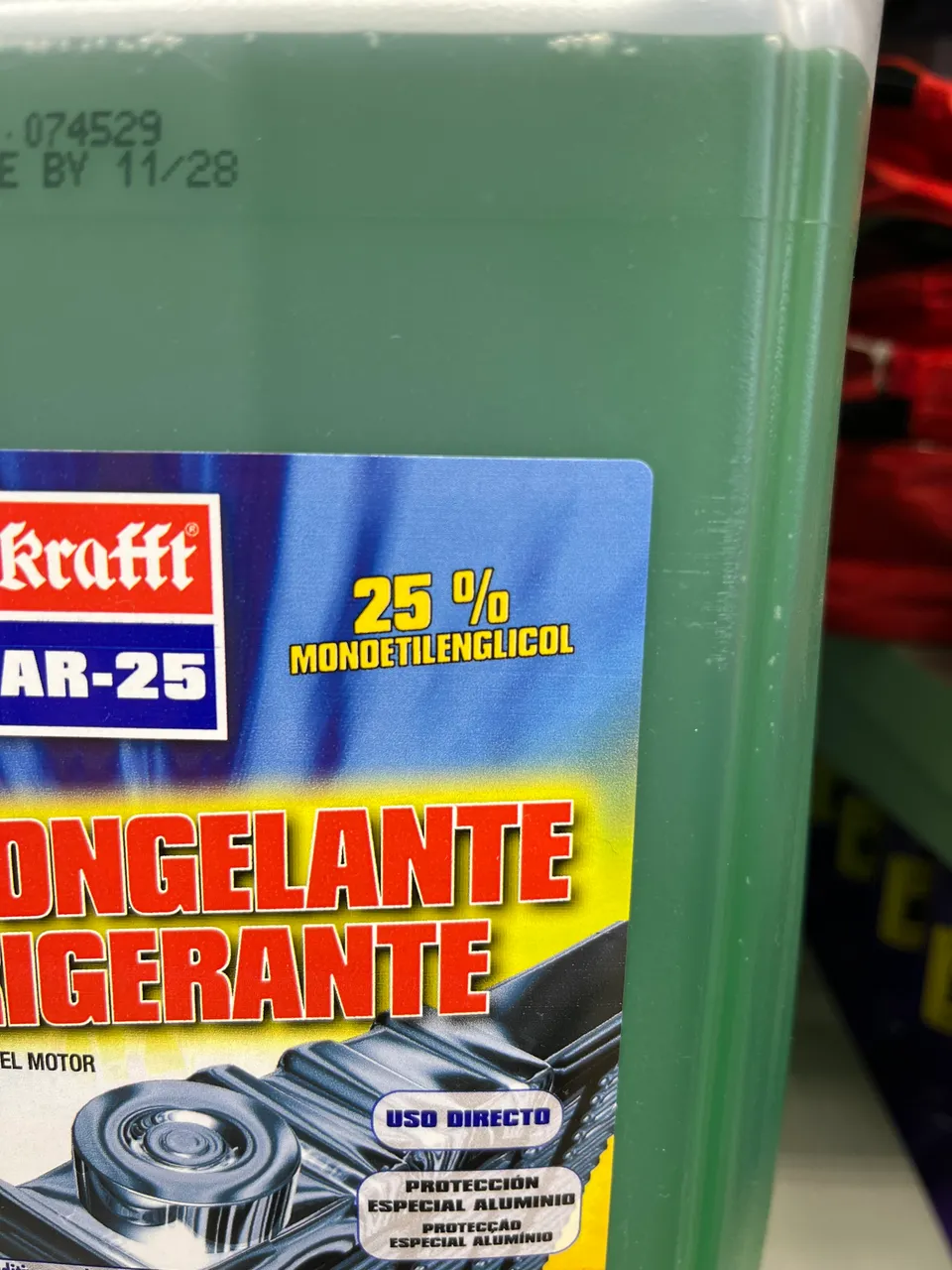
A better classification
A better classification of the color chart presented above is the relationship between the color of the coolant and the organic component present in the liquid or technology used.
Green: Traditionally associated with ethylene glycol, green antifreeze is versatile and compatible with a variety of materials. It is common in many older cars and some European models.
Red/Pink: This color often indicates the presence of state-of-the-art organic acid technology (OAT). Red antifreeze offers increased durability and corrosion protection for newer aluminum and alloy engines.
Blue: Similar to red, blue antifreeze generally utilizes hybrid OAT technology and is known for its superior performance in newer vehicles.
Yellow/Orange: Indicates antifreeze based on state-of-the-art organic acid technology (HOAT). This type is common in Asian vehicles and offers good protection against corrosion and cavitation.
Uses same color and concentration specification
So be careful and read the labels on the bottles carefully to buy the right coolant to best maintain your engine and radiator. And whenever you can still see the coolant color on the expansion tank, buy the same color coolant but with the correct organic composition.

Avoid mixing coolant colors as far as possible in order to avoid unnecessary breakdowns and if over time you do not know the actual color of the coolant, use distilled water that is also sold at gas stations and go to your trusted workshop to replace all the coolant that your engine will thank you.
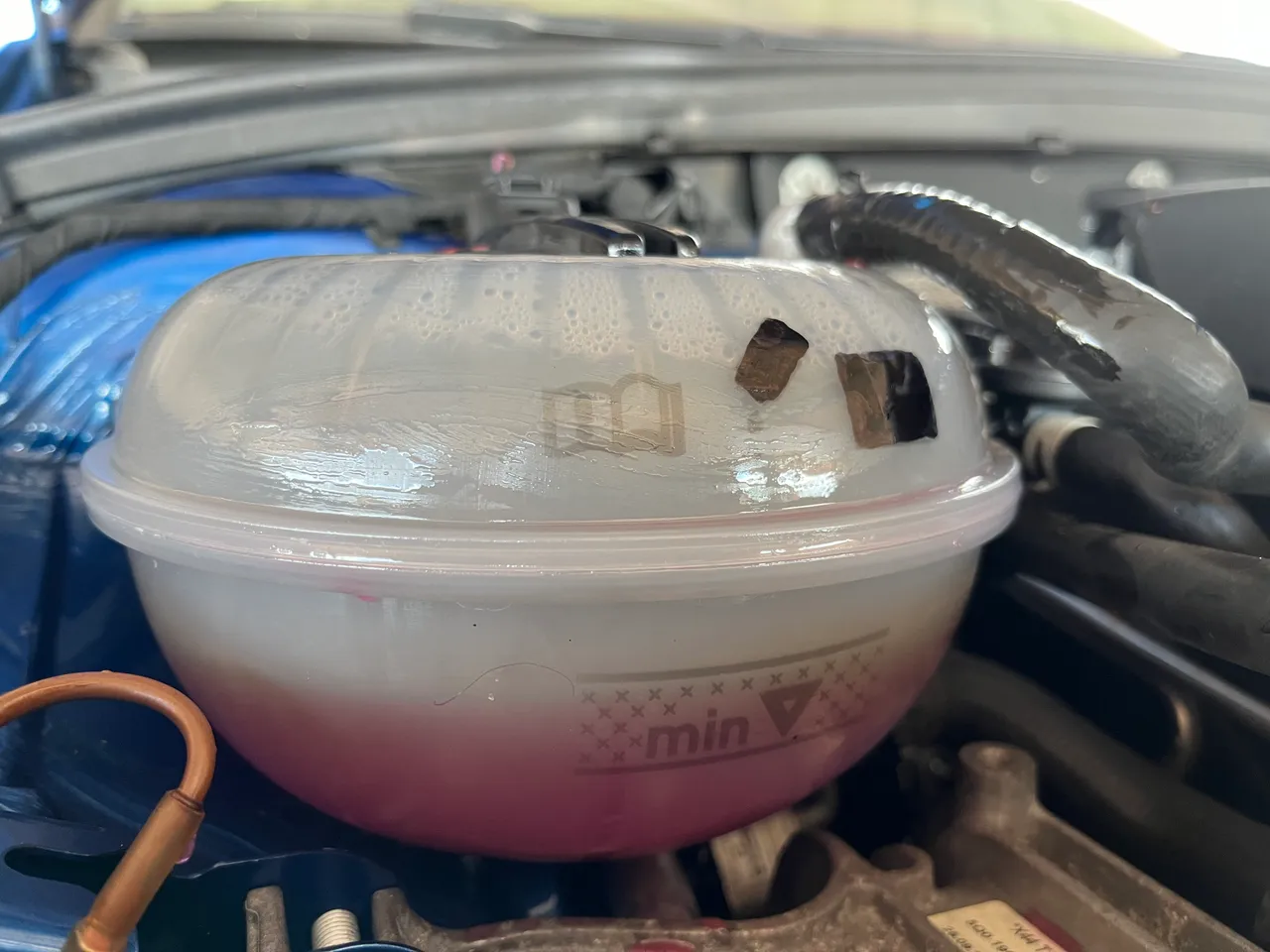
A cordial greeting.



